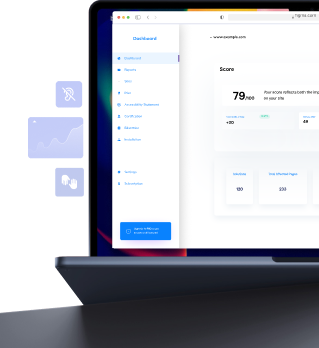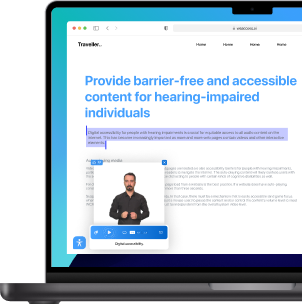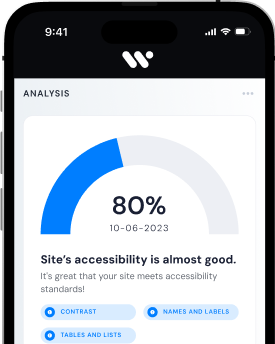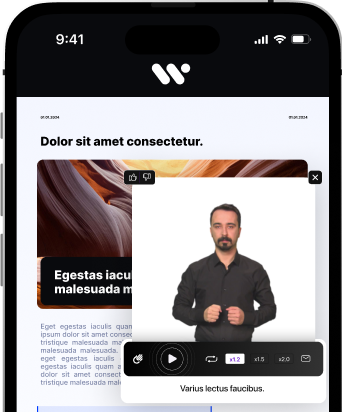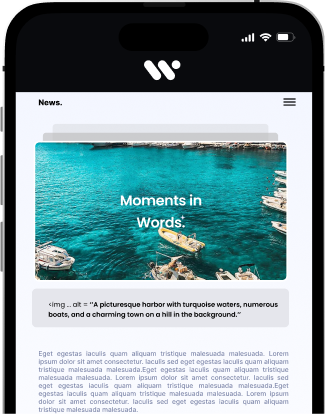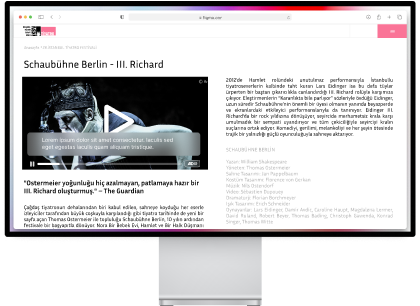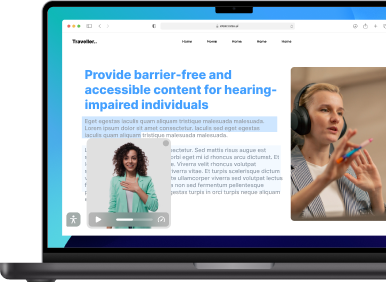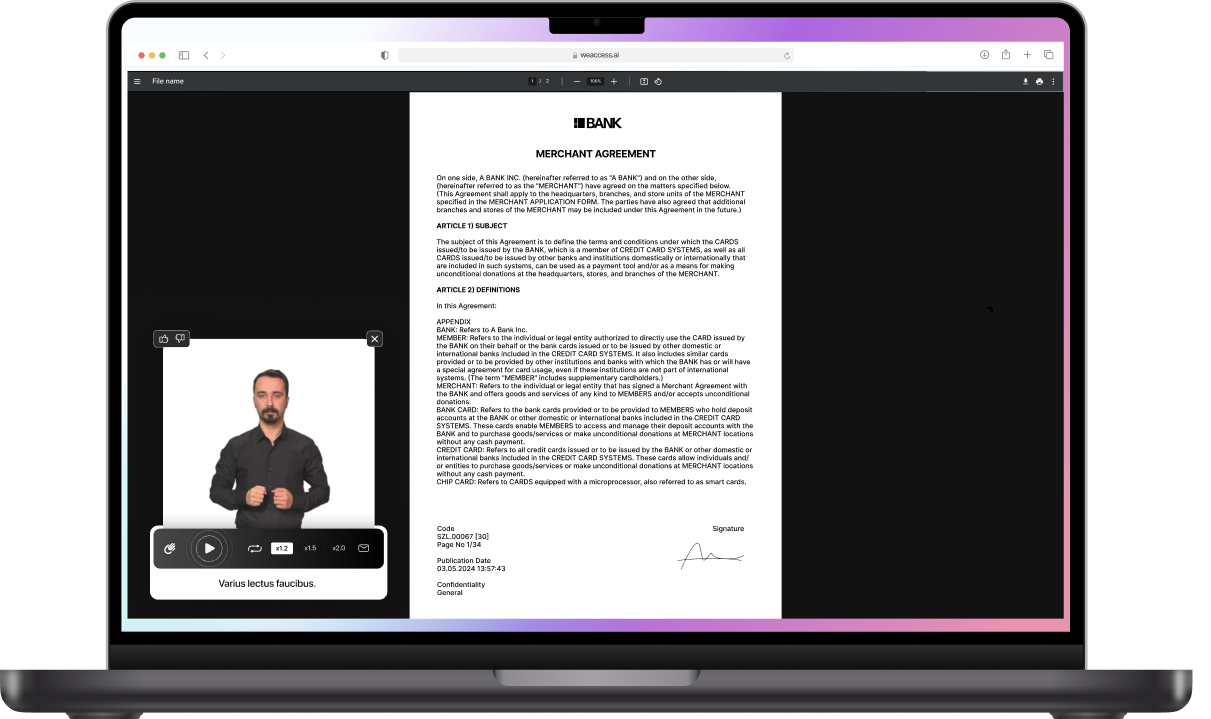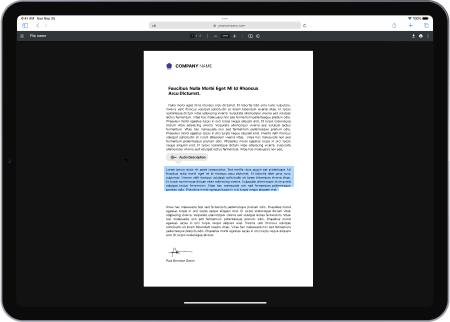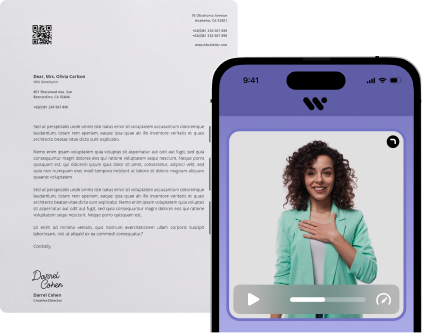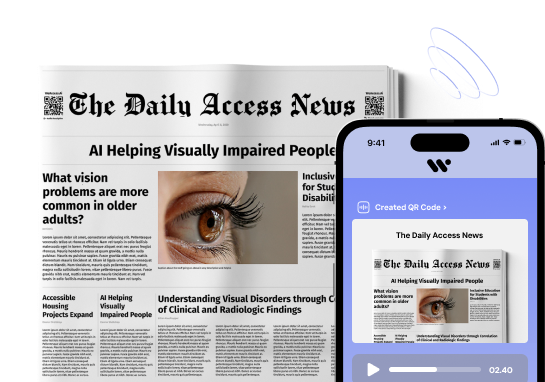How to Conduct a Design System Audit for Accessibility
Why is Auditing a Design System for Accessibility Important?
Ensuring that your design system is accessible is crucial in today's digital landscape. Accessibility issues can significantly impact users with disabilities, making it difficult for them to navigate and interact with websites and applications. By auditing your design system for accessibility, you can identify and address any barriers that may hinder user experience for individuals with disabilities.
Having an accessible design system comes with numerous benefits, including reaching a wider audience, enhancing overall user experience, and ensuring compliance with accessibility standards such as the Web Content Accessibility Guidelines (WCAG). However, there are common challenges that design systems face in terms of accessibility, such as color contrast issues, lack of alt text for images, and poor keyboard navigation.d
What are the Best Practices for Designing an Accessible Design System?
When designing an accessible design system, it's essential to consider accessibility from the early stages of UI design. This involves incorporating inclusive design principles that cater to the diverse needs of all users, including those with disabilities. By following WCAG guidelines, designers can ensure that the design system is compliant with accessibility standards and inclusive for everyone.
Utilizing tools within design systems like Figma can help design teams create accessible interfaces by focusing on design principles that prioritize accessibility. By including accessibility as a core element of the design process, designers can scale accessibility across all aspects of the system.
How to Perform an Accessibility Audit on a Design System?
Conducting an accessibility audit on a design system involves several key steps to ensure that all components and interfaces are accessible to users with disabilities. Utilizing automated testing tools and resources can streamline the auditing process, highlighting accessibility issues that need to be addressed. Case studies showcasing successful accessibility audits can provide valuable insights into improving the accessibility of design systems.
Capture all live components
Capture all live components from an existing design and ensure they conform to design system accessibility audit standards. Don't let your design system forget accessibility - incorporate accessibility in mind in your design patterns and design system components. Conduct accessibility testing, learn how to audit, and share results to make accessibility improvements.
Remember that design should consider accessibility at page level and in user flows. In the ever-evolving world of design in the digital world, a successful design system must be a source of truth for fixing accessibility and making potential accessibility a priority.
Cross-reference and start to map issues
Cross-reference is essential when mapping issues in design methodologies. Utilizing atomic design principles and design system’s, we can create atoms and molecules that form the organisms of a product or website. Through user testing and ux audits, we ensure design accessibility (a11y) and built-in accessibility tools are utilized.
By having a single source of truth for all related implementation elements, we are able to scale upwards and meet the needs of digital experiences. This unified approach allows us to bring page layouts and design tools together as a unit, impacting our ability to scale and grow effectively.
Common accessibility issues in design
When designing for accessibility, it is important to consider how using tools like color contrast checkers or screen readers can help users with disabilities. However, not grouping related implementation elements together can create barriers for users and affects our ability to scale.
Ensuring that ability to scale upwards is considered in the design process can help create a more inclusive experience. By incorporating tools like alternative text for images and proper heading structures, we can make sure that the digital organism we create is accessible to all users.
Build your audit for website
When conducting an audit for your website, it is important to start by evaluating the overall design and user experience. Look for any broken links, slow loading pages, or outdated content that may be affecting the website's performance.
Next, assess the site's SEO performance by reviewing keyword usage, meta descriptions, and image alt text. Make sure the website is optimized for search engines to improve visibility and increase organic traffic.
Finally, analyze the website's analytics data to track visitor behavior, traffic sources, and conversion rates. Use this information to make informed decisions on how to improve the overall performance and functionality of the website.
Group themes and commonly occurring items/h2>
Group themes are common motifs or topics that are often explored or discussed within a particular group or community. They can range from serious subjects like politics or religion to lighter topics like movies or food. These themes help to create a sense of unity and shared interests among group members.
Similarly, commonly occurring items are objects or elements that frequently appear within a certain context or setting. For example, in a classroom setting, commonly occurring items might include textbooks, desks, and whiteboards. These items are important for facilitating learning and productivity in that environment.
Make your audit work for your audience.
Make your audit work for your audience Auditing is not just about collecting data and analyzing numbers. It's about translating that information into meaningful insights that your audience can understand and use. Tailor your audit report to the needs and interests of your stakeholders to ensure that your findings are relevant and actionable.
Focus on key takeaways
Avoid overwhelming your audience with too much information. Highlight the most important findings and recommendations in a clear and concise manner. Use visual aids such as graphs and charts to present data in a way that is easy to digest.
Provide context and background
Help your audience understand the significance of your findings by providing context and background information. Explain the methodology used in the audit process and any relevant industry trends or benchmarks that may help to put your findings into perspective.
What Role Does Figma Play in Creating an Accessible Design System?
Figma plays a vital role in creating accessible design systems by enabling designers to ensure accessibility compliance throughout the design and development process. Design teams can collaborate on accessible projects within Figma, integrating accessibility checks into their workflows to identify and fix any issues related to accessibility. By leveraging Figma's features, designers can share the results of accessibility audits with team members and stakeholders.
How to Prioritize Accessibility in Design Systems?
To prioritize accessibility in design systems, it's crucial to take actionable steps to improve accessibility across all design components. User experience (UX) for people with disabilities should be a focal point in design decisions, emphasizing the importance of inclusive design practices. By heading towards inclusive design principles, design teams can create design systems that are accessible to a broad range of users.

